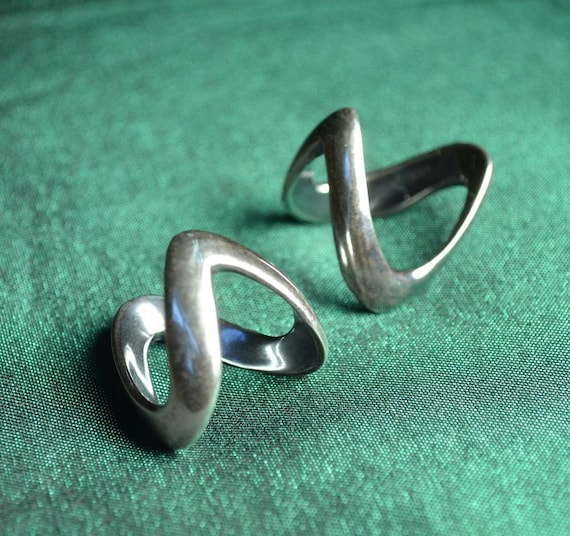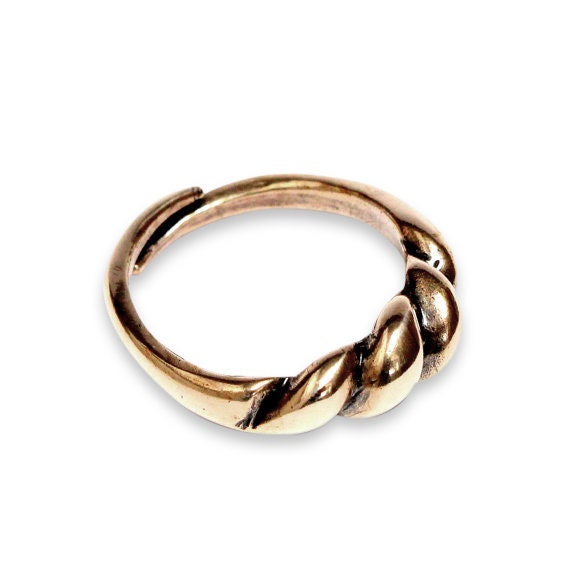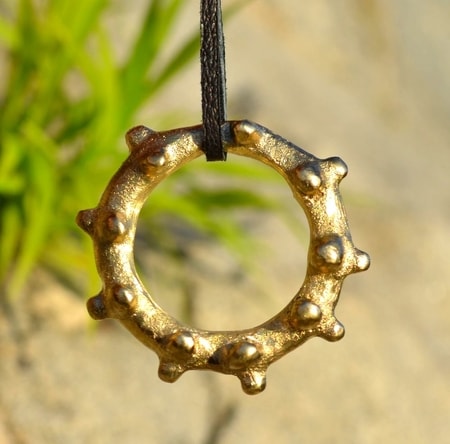I think that some tools might have to be made out of iron for a few reasons. One of the "advantages" of iron is that it has a higher melting point, so you can use it for tools that will be handling high temperatures (tongs, perhaps?). That might not be the most relevant point, but iron is also harder, so it might also be better for things like the pliers you mentioned. I'm not sure how much of a difference it would make, though.
Stuff like anvils are almost surely best made out of iron, no? I figure that hammering iron in a copper or bronze anvil might eventually deform it and diminish its quality, but again I'm not really a blacksmith.
Is the iron shape representing the "strip of metal" mentioned in the docs? I was imagining a "shape" as a square, but I guess it could be anything depending on what a recipe needs. It might only be important to determine the weight, either of the shape itself or what the spindle requires.
If we want to have the Pull board degrade, we could make it use up something like #0.01# (or any appropriate amount for the effect we want) per Wire made. This way you would eventually have to make a new one, since repairing is not an option.
As for the naming, I suggest making the ingredient-dependent product's recipes called .Metal X. to standardize it. Stuff made of iron could keep their own recipes if practical and if there's enough space, though that might not be the case, if only to use more fuel.
I think the Pull board is supposed to be made of iron, though. That document mentions "iron plates" a few times, even from the Viking times. I'm, again, not sure if a bronze draw-plate would be capable of making iron wire, but it very well could since it'd still require quite the pull of a wire to crack a copper or bronze plate, no?
Just realized an issue on the first proposed .Pull Board. recipe. To make the auger and drill you need iron. So that .Pull Board. would only be fine for iron wire. If you wanted a bronze-only workshop the pull correction would have to be done differently.
I'm not sure what the Spindle is supposed to represent here, but I figure this could be solved with something like:
.Metal shape.
{* of pure*} [name:Shape of %s]
.Metal spindle.
{Shape of *} [name:Spindle of %s] '+a chunking starter'
{* pliers} '+to twist tighter'
{* hammer} '+hammer twist'
{charcoal}
.Metal wire.
{Spindle of *} [name:%s wire]
{Pull board} '+smoothing holes'
{Iron pliers} '+for gripping'
And voilá! This will work for any metal, but might not accurately represent iron's need for charcoal or other metal's lack of need for it.
Edit: that last name tag might be [name:Wire of %s] if we want to re-use the wire's material in other recipes' products
I guess there could also be the method of hammering the metals into wire, with a skill penalty making it lower quality, though the longer time and effort to do it should suffice.









